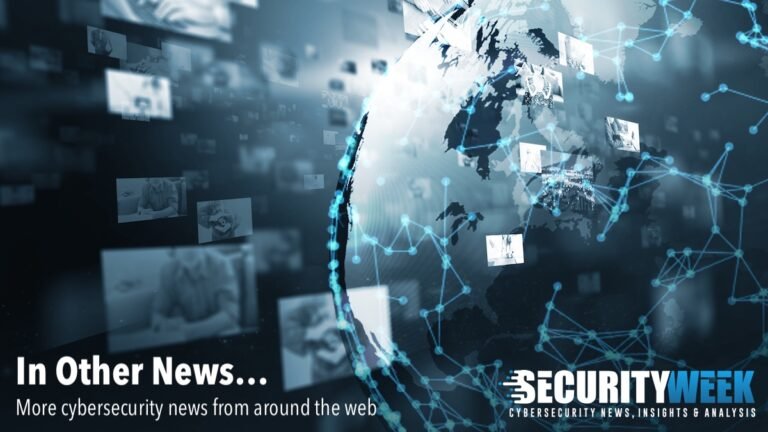Essential Insights
-
Cartel Hacking Operations: A hacker hired by El Chapo’s cartel compromised FBI data and surveillance systems, resulting in the intimidation or murder of cooperating witnesses, as reported by a Justice Department watchdog.
-
Longstanding Vulnerability: A critical flaw in the Sudo command-line tool, existing for 12 years in most Linux servers, allowed unauthorized root command execution; it was recently patched with a CVSS score of 9.3.
-
Ransomware Sentencing: The developer of Crylock ransomware received a seven-year prison sentence, with law enforcement seizing over €60 million (~$70 million) in criminal proceeds related to the operation.
- Data Breaches and Arrests: Swiss federal data was compromised in a ransomware attack, while two individuals in Spain were arrested for trafficking personal information of officials and journalists, highlighting ongoing cybersecurity threats.
Underlying Problem
In a particularly alarming intersection of cybersecurity and criminal enterprise, a hacker affiliated with El Chapo’s cartel executed a sophisticated breach, extracting sensitive data from the FBI Assistant Legal Attache’s phone and compromising surveillance systems in Mexico City. This information was subsequently weaponized to locate and intimidate potential FBI informants, leading to severe consequences, including intimidation and, distressingly, the murder of cooperating witnesses, as detailed in a disconcerting report from the Justice Department’s watchdog.
Conversely, in the UK, a disgruntled IT worker named Mohammed Umar Taj was sentenced to over seven months in prison for illegally accessing his former employer’s systems. His actions disrupted business operations by altering access credentials and configurations. Meanwhile, the cybersecurity landscape continues to evolve, as evidenced by reports of a critical vulnerability in the Sudo command-line tool exposed after twelve years, and the arrest of two individuals in Spain for trading sensitive data of officials and journalists. The ongoing developments underscore the multifaceted challenges in cybersecurity, encompassing both individual malfeasance and organized crime, as reported by the SecurityWeek roundup.
Critical Concerns
The recent lapses in cybersecurity expose a cascading risk to businesses, users, and organizations alike, as the repercussions of such incidents reverberate far beyond individual entities. For instance, the case involving a hacker working for a drug cartel to compromise an FBI operative illustrates the peril of external threats breaching governmental and corporate boundaries, potentially endangering lives and eroding trust within industry systems. Additionally, vulnerabilities like the critical Sudo flaw, which impacts numerous Linux servers, can lead to widespread exploitation if left unaddressed, allowing malicious actors to commandeer major infrastructures. The interwoven nature of digital ecosystems means that an attack on one organization can catalyze a series of breaches across the sector, ultimately threatening user privacy, operational integrity, and economic stability. Consequently, it is imperative for all stakeholders to remain vigilant and proactive in their cybersecurity measures to mitigate the ripple effects of such threats.
Possible Actions
In today’s digital landscape, timely remediation of cybersecurity incidents is paramount, particularly when lives and sensitive information are at stake, as evidenced by the alarming events surrounding compromised informants and cybercriminal prosecutions.
Mitigation Steps
- Incident Analysis
- Threat Containment
- System Patch Updates
- User Education
- Backup Data Restoration
- Law Enforcement Coordination
- Communication Strategy
NIST Guidance
The NIST Cybersecurity Framework emphasizes the necessity of a proactive approach to risk management. Specifically, refer to NIST SP 800-61, which outlines the incident response lifecycle and provides detailed guidance on effective remediation protocols.
Continue Your Cyber Journey
Discover cutting-edge developments in Emerging Tech and industry Insights.
Learn more about global cybersecurity standards through the NIST Cybersecurity Framework.
Disclaimer: The information provided may not always be accurate or up to date. Please do your own research, as the cybersecurity landscape evolves rapidly. Intended for secondary references purposes only.
Cyberattacks-V1

